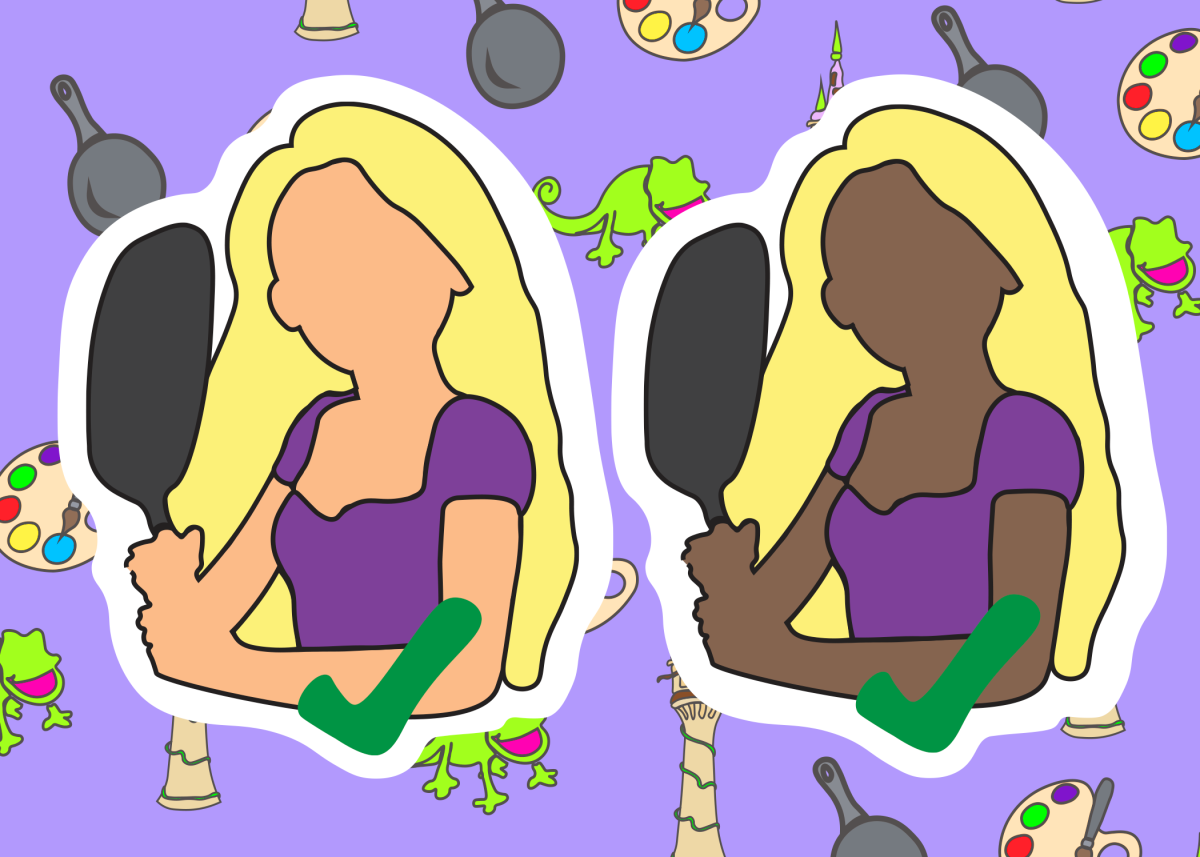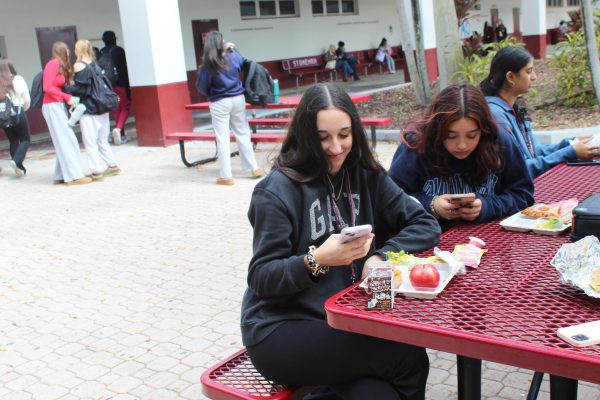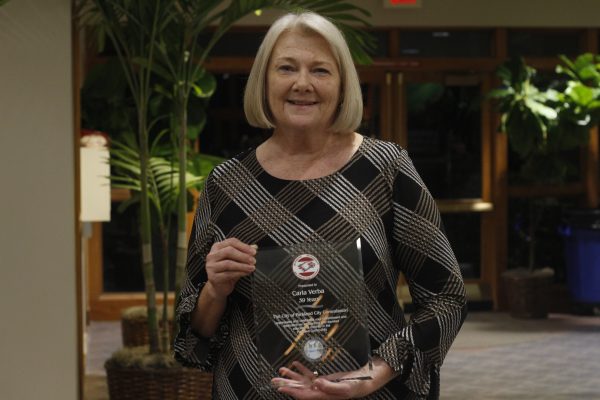MSD students find comfort in cultural foods
Envato Elements
MSD students find comfort in foods from across the globe, including Jamaica, Colombia, Israel, China and Indonesia. Photo courtesy of Envato Elements.
February 13, 2023
Bringing Families Together
Senior Isabella Ortega describes her comfort food, cachapas, as “scrumptious.” She could not have picked a more perfect word for these corn pancakes covered in melted cheese.
Corn is a large part of Latin American foods, dating back to pre-Columbian times. Cachapas are a traditional Latin American dish loved for their perfect combination of gooey cheese and sweet corn pancake.
Cachapas are made from cheese and corn, two traditional and delicious parts of Venezuelan culture. The dish made from maize flour dates back to when indigenous people made thick pancakes on a flat griddle. This meal is one enjoyed by generations of Venezuelans and many other Latin American cultures.
“I can remember getting a cachapa and thinking ‘Wow, this is the best thing I’ve ever eaten in my life,’” Ortega said.
Ortega’s mother is vegetarian, so cachapas allows her whole family to enjoy the meal together. This dish brings the family together and incites fun memories with loved ones.
Being a key part of her childhood, Ortega has nothing but wonderful memories associated with the meal. From traveling, to just enjoying them at home, cachapas are deeply embedded in Ortega’s life.
Cooking in the Caribbean
Spices and flour dust the countertops. Vegetables sizzle in the pan and the aroma of freshly cooked meat fills the kitchen. When combined, these ingredients form a Jamaican beef patty, a meal that fills both stomachs and hearts.
Jamaican beef patty is a staple comfort food found on nearly every street corner in Jamaica. Turmeric powder is added to a soft and flaky dough, which gives the patty its signature golden-yellow color. The dough is wrapped around pan-fried vegetables and meat, usually beef. Then, the savory pastry is baked in the oven until the meat is perfectly cooked and the outside is soft.
Freshman Joshua Brown has been eating Jamaican beef patties since he was a child and vividly remembers making them with his mother, while sharing the meal with his family.
“Before we can put the patty in the oven, there is about an hour of prepping,” Brown said. “My mom and I would talk and hang out in the kitchen while we waited, which was always fun.”
Brown enjoys cooking and baking in his free time. Whenever he makes Jamaican beef patties, it reminds him of his Jamaican roots and the way people of all ages gather to eat it.
“Jamaican beef patties are really a food that lets everyone come together and enjoy,” Brown said.
Jamaican beef patties are a classic Caribbean dish that brings many generations together to this day.
Hamantaschen that Feels like Home
Pinching the corners of the dough, securing a sturdy border around the flavored jam or chocolate filling, laying dozens of triangle shaped cookies on the baking sheet and enjoying a delicious treat. The delicate cookie, hamantaschen, is a comforting and delicious snack.
This delectable cookie is sophomore Sydney Moed’s comfort food. Moed first discovered hamantaschen when celebrating the Jewish holiday Purim. In Judaism, Purim represents a time in history when the Jewish people living in Persia survived a massacre with help from a woman named Esther. The hamantaschen symbolizes the three-sided hat worn by Haman, the man who planned the massacre.
Making the hamantaschen is an all-day task and a family affair. As the whole family works together to fill the dough and lay out the cookies, the kitchen fills with the smell of delicious baked goods.
“I prefer chocolate, but my mom loves to fill hers with blueberry jam,” Moed said. “You can do whatever you want with it; it’s super fun to make.”
Hamantaschen reminds Moed of her memories of going to temple, dressing up for the holiday and enjoying the cookies. Comfort is definitely one word to describe how these baked goods make her feel.
Childhood Satay
Spices mix together to form a flavorful marinade. Skewered meat cooks on the grill. The entire family gathers around the table to enjoy a plate of satay.
Satay is an Indonesian dish of skewered meat, traditionally chicken, marinated and served in peanut and chili sauce. They can also be topped with shallots, a variety of onions.
Though the exact origins of the dish are unknown, the dish’s Middle Eastern influences allows it to be enjoyed by many different cultures.
Sophomore Adinda Firman has been eating satay her entire life and it soon became her comfort food. “I’ve been eating it since my childhood, so eating it again brings back comforting memories,” Firman said.
Satay is a classic and comforting dish enjoyed by many people all over the world. And for Firman, it is a piece of her culture that she cherishes. The feeling of childhood, comfort and warm memories is what Firman expects when enjoying this dish.
Stickin’ in the New Year
Welcoming the Chinese New Year with a delicious treat, families are brought together at the table for a taste of the sticky, sweet and gooey rice cake, nian gao.
Served on and around the Chinese New Year, nian gao is believed to have been created as an offering for the Kitchen God, who is said to have a presence in every household. At the end of the year, the Kitchen God gives a report to the Jade Emperor of all the bad deeds committed. To prevent the Kitchen God ratting on the household, people would offer him nian gao so his mouth would “stick” together.
The cake is made of glutinous rice flour and sugar which are then mixed to form thick batter. Then, they are either steamed or pan-fried until fully cooked.
Freshman Niki Yuan’s family prepares nian gao every year, and the delicacy quickly became a favorite dish of hers. To top off the dish, Yuan likes to add peanuts and jujube, a type of Chinese date.
“My mom always makes batches of nian gao to celebrate our holiday time,” Yuan said. “It’s a delicious sweet dessert that’s crunchy on the outside and soft on the inside.”
In Mandarin, the name nian gao means “higher year.” Eating the dish for Chinese New Year is said to bring good fortunes and prosperity to the new year. It also represents raising one’s self higher and taller for the year. The traditional dish holds a special place in the hearts of those celebrating the Chinese New Year.
This story was originally published in the February 2023 Eagle Eye print edition.























![(left to right) Seniors Stephanie Bilsky and Gracyn Haynes sport the DECA symbol, a triangle, at their first career fair, hosted on Dec. 6, 2023. The career fair had 12 business for students to explore and ask questions about. What we wanted to do is just take what weve learned [in DECA] and expand it to those students who arent enrolled in this class and dont have access and then just kind of take it to the community and allow students to discover their future as well, Haynes said.](https://eagleeye.news/wp-content/uploads/2024/01/9n9MEiC72JCfrptYKrZhoKhKscuboBiEju33GYeA-600x400.jpg)
